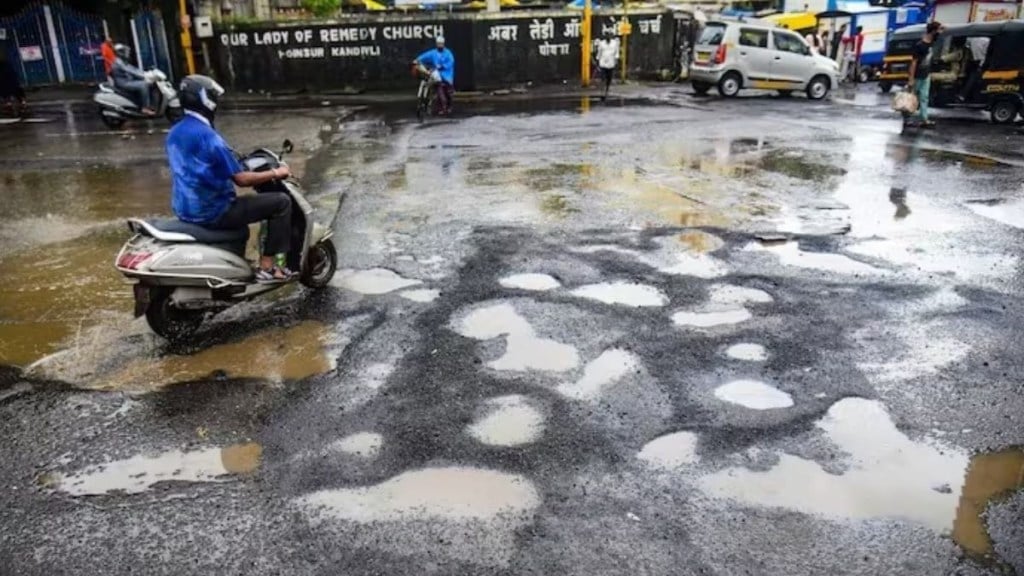Bengaluru has made headlines once again and the reason is not something new, it is potholes. However, what makes it more interesting this time are the numbers which say that the Bengaluru civic body (BBMP) filled over 1.07 lakh square metres of potholes in 2023-24, but the potholes area increased in 2024-25, a report said.
The data was presented by BBMP to the government in the Legislative Council. It stated that the civic body filled up 1.07 lakh square metres of potholes in 2023-24, but the pothole area increased in the subsequent year (2024-25) to 1.78 lakh square metres. This a 63% increase compared to last year, that shows that the number of potholes were increasing year-on-year, reported the Deccan Herald.
BBMP spent Rs 12 crore in filling potholes
As per the report, the Bengaluru civic body stated it utilised Rs 12.25 crore in 2024-25 to fill these increased potholes. In the last cycle of 2023-24, it had spent Rs 7 crore on filling potholes.
Commuters, however, said that there was no advantage of covering potholes as they would open up within weeks of being filled up.
“We did see BBMP taking up pothole filling works. However, just a few weeks later, we noticed that the same roads have again developed potholes. If the road is back in the same shape within a few days, this is a waste of effort and taxpayer’s money,” a resident of Mahadevapura zone told Deccan Herald.
Another said that potholes popped up just three months after the BBMP repaired the Hosa Road in Bengaluru South stretch by patching up the bad portions.
What BBMP officials said
BBMP Chief Commissioner Maheshwar Rao reportedly said that during the monsoon, it was difficult to take up permanent solutions. “We can only take up temporary fixes owing to rain. Hence, they might reappear. However, long-term measures will be taken after the monsoon,” he added.
A senior BBMP engineer told the news outlet that the municipality was only filling potholes and not addressing the root cause. “The potholes don’t appear on any road. They develop only when water stagnates on roads,” the official added, quoted the report.
The engineer further explained that this happens because of poorly maintained shoulder drains due to which water enters and stagnates on roads.
“There are many roads which would have been dug up by various agencies like BWSSB, Bescom, and KPTCL. Though they would have restored that stretch, the surrounding area would also have become weak and they would develop potholes again,” another official was quoted as saying in the report.

